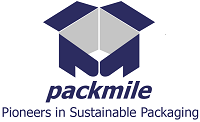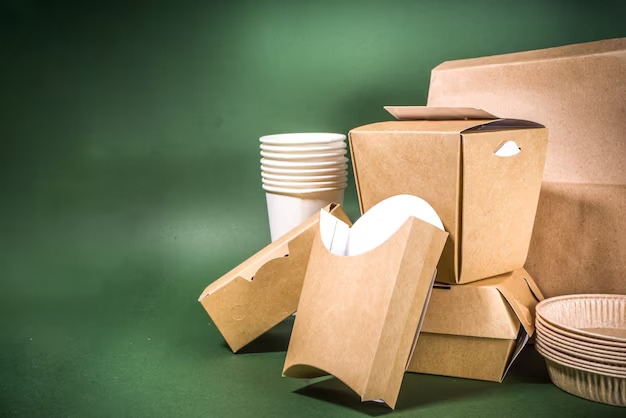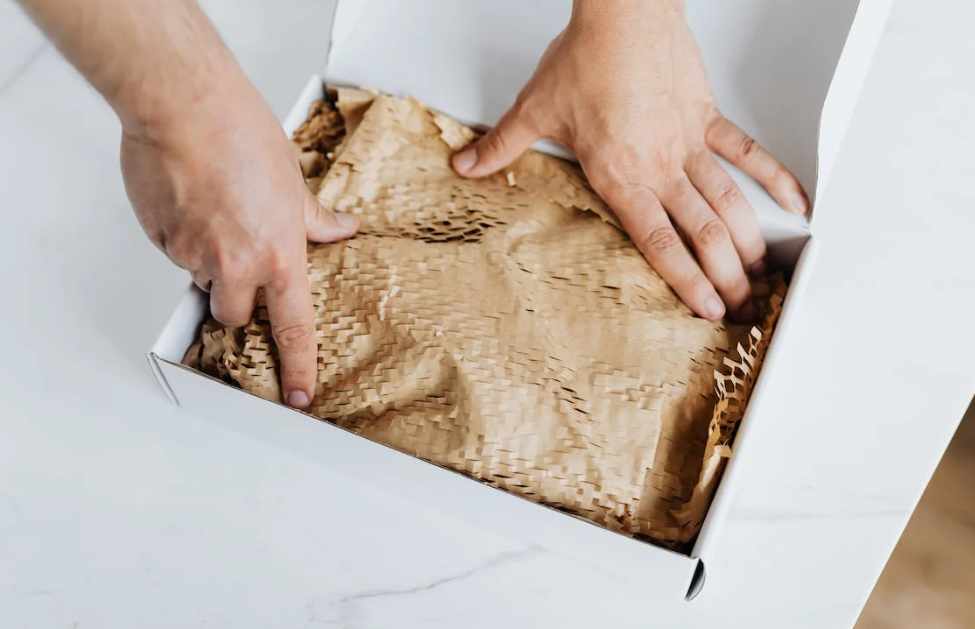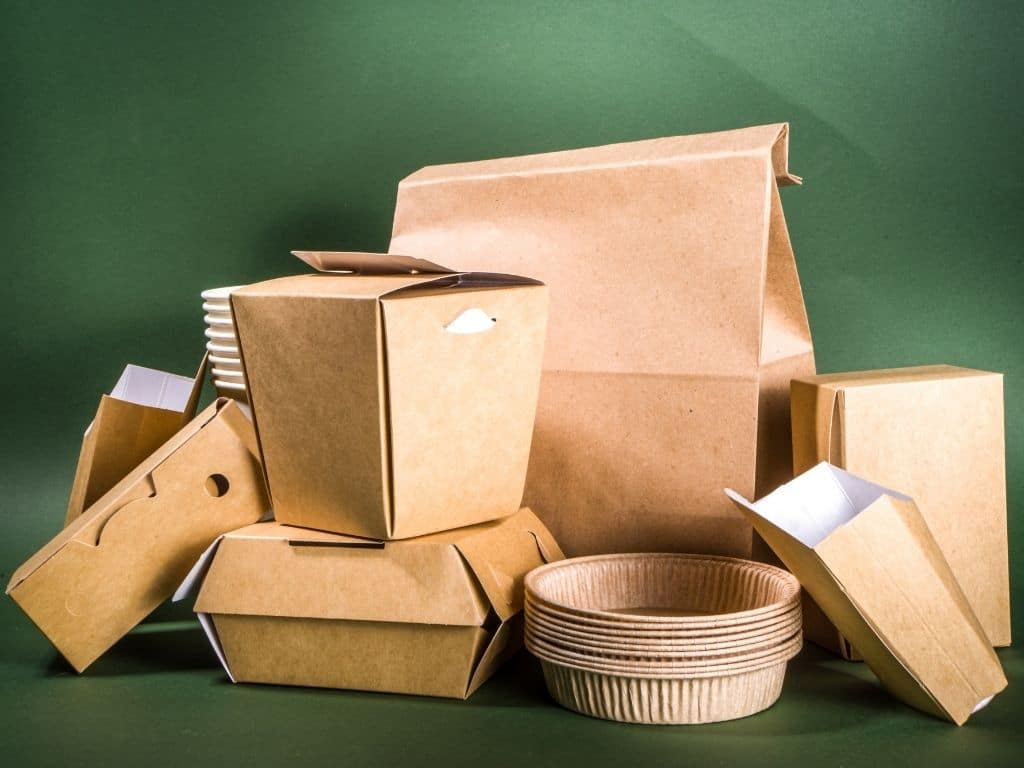It is more important than ever to address every aspect of our lives, including the packaging of products, as we deal with the effects of climate change and depleting resources. This movement in thinking towards sustainable packaging reflects our shared desire to make decisions that have minimal environmental impact. Sustainable packaging concepts are becoming increasingly popular in a society where excessive waste and consumerism are having adverse effects.
The packaging business is undergoing a substantial shift, propelled by the growing popularity of sustainable packaging trends. Companies are increasingly realising how crucial it is to implement eco-friendly packaging techniques to decrease waste and lower their carbon impact. Meeting the changing needs of today’s environmentally conscious consumers is just as crucial as being ecologically responsible in this trend. This article will look at the top 10 sustainable packaging trends influencing business and paving the way for a more environmentally friendly future.
Table of Contents
- Recyclable materials
- Minimal designs
- Innovative materials
- Reusable and refillable packaging systems
- Biodegradable and compostable packaging
- Smart packaging and IoT integration
- Vegan packaging inks and adhesives
- Circular packaging initiatives
- Water-responsible packaging
- Consumer education
- Go Green with Packaging – Trust Packmile’s Expertise in Sustainable Products!
- FAQ’s
1. Recyclable Materials
The foundation of sustainable packaging is recycling. Utilizing recyclable materials like glass, cardboard, and paper minimizes the adverse environmental effects of packaging. These materials can be collected, processed, and reintroduced into the production cycle, reducing the demand for raw resources and mitigating waste. Standardized symbols are widely used on packaging, making it more straightforward for customers to recognize recyclable goods and promoting appropriate disposal. Companies are increasingly adopting this trend as they understand how it can help them both protect the environment and satisfy customers who actively seek out products with easily recyclable packaging.
2. Minimal Designs
Sustainability in packaging follows the idea that “less is more.” In addition to having a strong aesthetic appeal, minimalist packaging designs strongly support environmental principles. There are many benefits to these simple designs. They cut down on the need for extra materials, reducing energy use and preserving resources. Additionally, minimalistic packaging frequently turns out to be more economical, making it a desirable option for companies who are concerned about their bottom line. Design simplicity increases recyclability and reusability while reducing waste. The eco-friendliness of this sustainable packaging trend is further reinforced by the fact that consumers find minimalist packaging more accessible to handle and dispose of appropriately.
3. Innovative Materials
The trends in sustainable packaging are gaining importance through innovation. There are now more options available for lowering the environmental effect of packaging because of the development of new materials. One such innovative substance that deserves mention is honeycomb paper bubble wrap. This creative packaging idea protects fragile things well in transit and is also quite effective. Because it is biodegradable, recyclable, and lightweight, honeycomb paper bubble wrap is an excellent option for companies looking to reduce their carbon footprint. Its structural layout perfectly combines functionality and sustainability while guaranteeing the packaged goods’ safety.
4. Reusable and Refillable Packaging Systems
Encouraging reusable and refillable packaging systems is a very successful way to reduce packaging waste. With more companies adopting policies that allow consumers to return empty containers for refilling, this trend is picking up speed quickly. Notably, coffee cafes, zero-waste establishments, and personal care product manufacturers lead the way in this strategy. By doing this, they accomplish two goals at once: significantly decrease waste while instilling in customers a strong feeling of responsibility. People who interact with these systems take an active role in the sustainability process, which is a significant move toward less packaging waste and increased environmental consciousness.
5. Biodegradable and Compostable Packaging
One significant development in packaging is the increase in demand for compostable and biodegradable materials. These materials are designed with the purpose of disintegrating organically in the environment without producing any hazardous byproducts. There are many different sources of biodegradable and compostable packaging, such as cornstarch, sugarcane, and even algae. They are excellent substitutes for traditional plastics and are especially useful in single-use products like straws and silverware. This trend demonstrates a commitment to reducing waste and mitigating the long-term environmental effects of packaging materials, which will help create a more environmentally friendly and sustainable future.
6. Smart Packaging and IoT Integration
Smart packaging represents a significant step forward in sustainable development by integrating technologies like the Internet of Things (IoT) into packaging. This fusion enables real-time inventory tracking, temperature monitoring, and direct customer interaction through mobile apps. The benefits are varied; Smart packaging not only improves the efficiency of the supply chain, thereby reducing waste but also increases the overall user experience. For example, customers can quickly browse packages and effortlessly access product freshness and authenticity information. This trend not only highlights the revolutionary impact of technology in packaging but also highlights its role in reducing the impact of packaging on the environment, exemplifying the integration of technology and sustainability.
7. Vegan Packaging Inks and Adhesives
Packaging can be made more sustainable by using adhesives and inks throughout the production process and the materials themselves. Vegan packaging adhesives and inks have not been subjected to animal testing or include no materials originating from animals. Selecting these materials is a morally just and environmentally responsible decision that many environmentally sensitive customers will find appealing. The holistic approach to sustainability and the necessity of assessing each step of the packaging process is highlighted by this trend.
8. Circular Packaging Initiatives
The goal of circular packaging projects is to complete the life cycle of packaging materials. This involves considering recycling, remanufacturing, and reuse when designing goods and their packaging. Take-back schemes, where customers can return packaging materials for recycling or upcycling, are becoming increasingly popular among brands. This strategy not only cuts waste but also makes customers feel more accountable. It is a big step toward creating a circular economy, where waste is reduced, and resources are used effectively.
9. Water-Responsible Packaging
Water is a valuable resource; thus, we must use it carefully while making packaging. The goal of water-responsible packaging is to utilize as little water as possible throughout the production process while simultaneously lowering water pollution. Companies are implementing procedures and technologies that reduce water waste. Some are even creating packaging—like water-soluble cleaning product packaging—that uses less water. This pattern emphasises how crucial it is to preserve water, a vital resource for the world, to achieve sustainability.
10. Consumer Education
Consumer education is a crucial pillar of sustainable packaging trends. The importance of recycling, recycling, and salvaging items that carry an environmental tolerance means that informed consumers are not only better equipped to make environmentally conscious decisions but also produce more sustainable consumer goods -do even more today shown to throw their support behind This trend increasingly emphasises the critical role that consumers play in promoting sustainability. It encourages consumers to participate in the sustainability process actively, promoting the concept of environmental awareness and environmentally conscious thinking in consumers in strengthening the collective journey towards a more sustainable and ecologically responsible future.
Go Green with Packaging – Trust Packmile’s Expertise in Sustainable Products!
Selecting the appropriate materials and solutions is crucial in pursuing sustainable packaging. Sustainable and environmentally friendly packaging solutions are the area of expertise for Packmile, one of India’s top online suppliers of packaging materials. We use innovative products like honeycomb paper bubble wrap as part of our commitment to the environment. In addition to being extremely successful at safeguarding fragile goods during transportation, this material is environmentally friendly and sustainable, which makes it a perfect fit with the sustainable packaging tenets. As a company committed to helping businesses lessen their environmental effect, Packmile supports all the newest developments in sustainable packaging, from intelligent packaging to recyclable materials.
Eco-friendly packaging is now essential, not merely a fad. As customers place a higher value on environmentally friendly solutions, businesses need to change to satisfy their needs for more responsible packaging. Your dedication to sustainability will surely benefit the environment, whether you use recyclable materials, minimalist designs, cutting-edge materials like honeycomb paper bubble wrap, or any other eco-friendly strategy.
Recall that we are borrowing the Earth from future generations, not inheriting it. Together, we can ensure it’s returned in better shape than we found it by advocating for sustainable packing practices and beyond.
Frequently Asked Questions
What are some innovative materials used in sustainable packaging?
Innovative materials like honeycomb paper bubble wrap are lightweight, recyclable, and biodegradable, offering an effective and eco-friendly solution for protecting fragile items during shipping.
How can businesses reduce packaging waste effectively?
Encouraging the adoption of reusable and refillable packaging systems is a highly effective way to reduce waste and promote consumer responsibility.
What role does consumer education play in sustainable packaging trends?
Consumer education is fundamental as it empowers customers to make eco-conscious choices, support sustainable brands, and actively participate in the sustainability process.





Leave A Comment